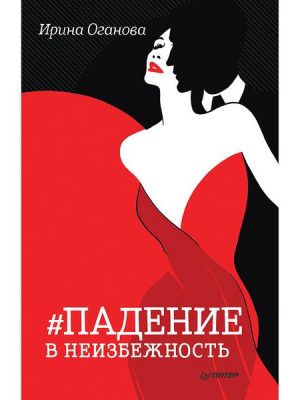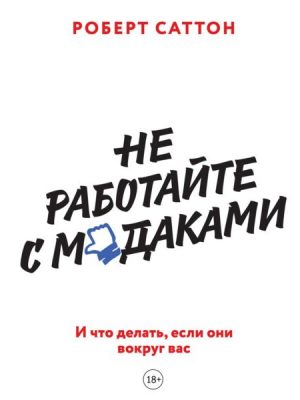Ben Horowitz, a leading venture capitalist, modern management expert, and New York Times best-selling author, combines lessons both from history and from modern organizational practice with practical and often surprising advice to help executives build cultures that can weather both good and bad times. Ben Horowitz has long been fascinated by history, and particularly by how people behave differently than you’d expect. The time and circumstances in which they were raised often shapes them – yet a few leaders have managed to shape their times. In What You Do Is Who You Are, he turns his attention to a question crucial to every organization: how do you create and sustain the culture you want? To Horowitz, culture is how a company makes decisions. It is the set of assumptions employees use to resolve everyday problems: Should I stay at the Red Roof Inn, or the Four Seasons? Should we discuss the color of this product for five minutes or 30 hours? If culture is not purposeful, it will be an accident or a mistake. What You Do Is Who You Are explains how to make your culture purposeful by spotlighting four models of leadership and culture-building – the leader of the only successful slave revolt, Haiti’s Toussaint Louverture; the Samurai, who ruled Japan for 700 years and shaped modern Japanese culture; Genghis Khan, who built the world’s largest empire; and Shaka Senghor, a man convicted of murder who ran the most formidable prison gang in the yard and ultimately transformed prison culture. Horowitz connects these leadership examples to modern case-studies, including how Louverture’s cultural techniques were applied (or should have been) by Reed Hastings at Netflix, Travis Kalanick at Uber, and Hillary Clinton, and how Genghis Khan’s vision of cultural inclusiveness has parallels in the work of Don Thompson, the first African-American CEO of McDonalds, and of Maggie Wilderotter, the CEO who led Frontier Communications. Horowitz then offers guidance to help any company understand its own strategy and build a successful culture.
Medium: Audio Books
Bildformat:
Studio: Mann, Ivanov and Ferber
Erscheinungsdatum:










